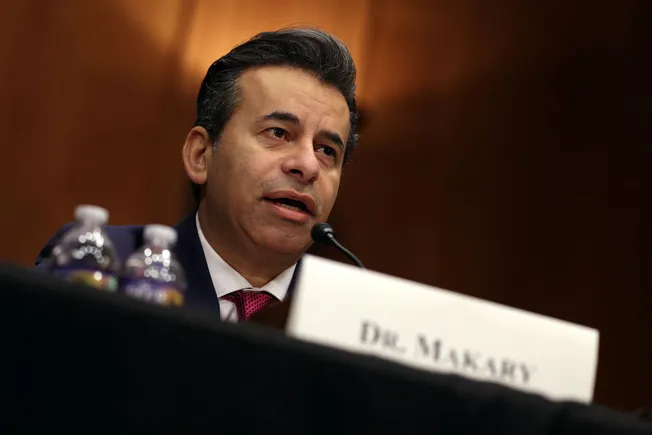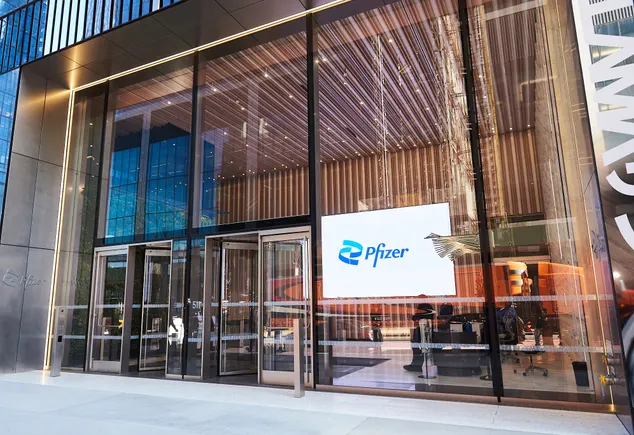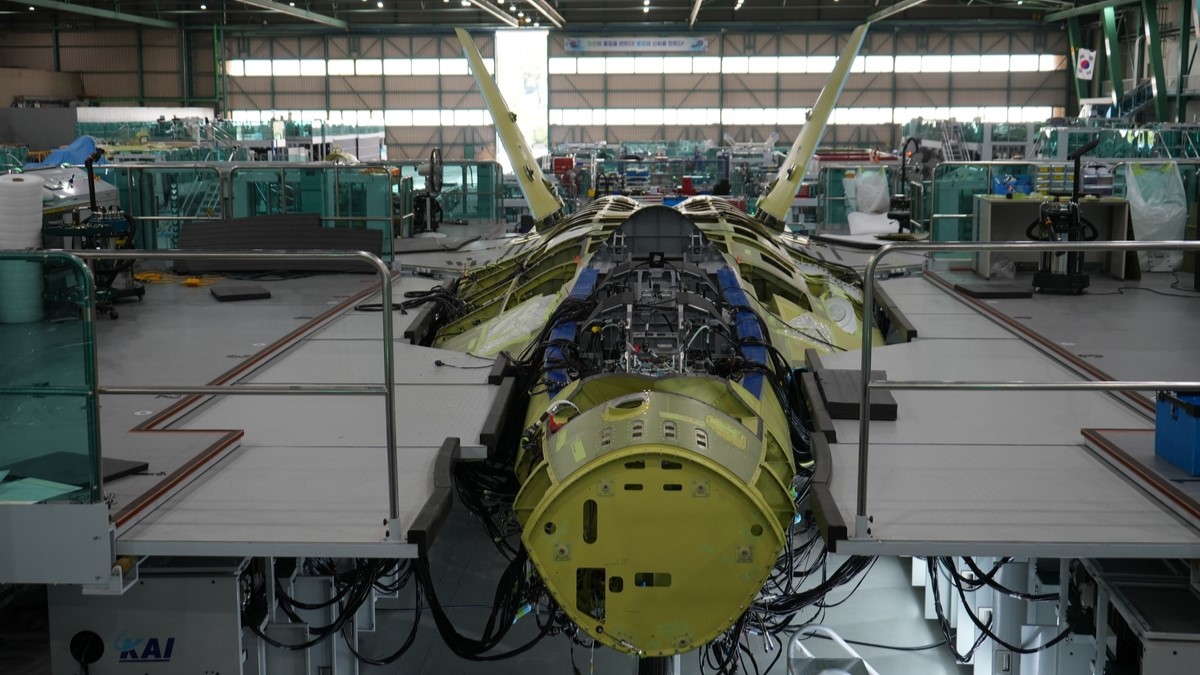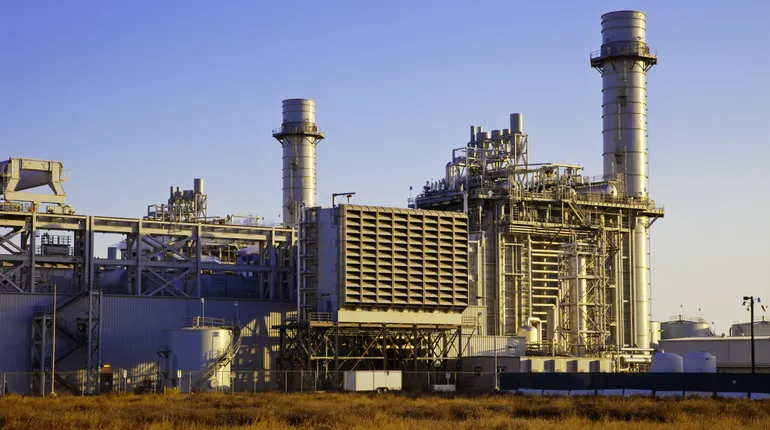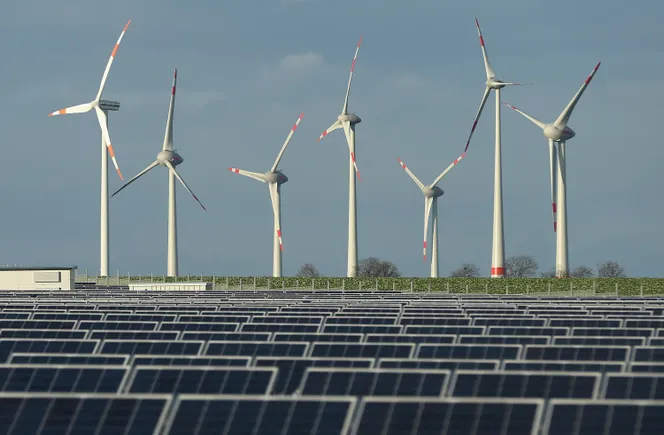Constructing Iron Vacancies in Thiospinel FeIn2S4 to Modulate Fe D‐Band Center and Accelerate Sodiation Kinetics Enabling High‐Rate and Durable Sodium Storage
Advanced Energy Materials, Volume 15, Issue 19, May 20, 2025.

Thiospinel FeIn2S4 with Fe vacancies is synthesized using a bimetallic organic framework as a precursor. The presence of Fe vacancies not only modulates the d-band center of Fe to prompt the electron redistribution and Na+ adsorption but also reduces Fe─S bond strength to facilitate the breaking of metal-sulfur bond during sodiation reaction, thereby endowing FeIn2S4 with the high-rate and durable sodium storage.
Abstract
The bimetallic synergies effect and combined conversion/alloying mechanism endow thiospinel FeIn2S4 with great potential as an anode material for sodium-ion batteries (SIBs). However, their inconsistent synthesis, severe volumetric expansion, and sluggish reaction kinetics typically lead to unsatisfactory cyclic stability and rate capability. Herein, bimetallic organic framework derived FeIn2S4@N/S-C microrods with Fe vacancies is presented for fast, durable, and reversible sodium storage. The presence of Fe vacancies significantly modulates the d-band center of Fe and decreases the strength of the Fe─S bond for facilitating the sodiation reaction kinetics jointly. Moreover, a thin and stable solid electrolyte interface film with inorganic-rich components is formed by Fe vacancies induction. Combined with the N, S co-doped porous carbon matrix, the optimal sample delivers an excellent rate capability of 381 mAh g−1 at 10 A g−1 and a stable cyclic performance (448 mAh g−1 after 500 cycles at 1 A g−1). Furthermore, the assembled full-cells also exhibit superior electrochemical performance with 87.5% capacity retention after rate and long-term cyclic evaluations. This work presents a promising strategy for the structural regulation of bimetallic sulfides as advanced anodes for SIBs.







































































